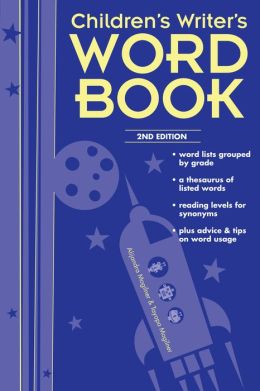One way to help students practice the skill of mentally adding and subtracting is to become more familar with the 100's chart. 
1. The 100’s chart is a difficult chart to navigate. Your eyes must go down to the end from left to right, and then skip all the way back to the next row on the far left again. This action is similar to reading, but that needs to be pointed out to the children. They want to continue back from the right to the left (back and forth). Many times I will color code the number 20 and 21 the same color to make the connection. See the chart below:
2. We discuss in a whole group class what the children notice as far as patterns on the chart. For example:
a) What happens when I start on the number 5 and walk down the column one step…more steps? What if I walk down the 6 column? Does this pattern happen on every column? How many squares will I travel from 46 to 56…let’’s count it as S___ walks on the mat. Let’s try it again…M__ walk from 53 to 63. Oh, so what can I expect when I walk down one row on each column? +10
b) What can I expect to happen went I walk up one step? Let’s check to see if you are correct in your prediction.
c) Proceed with a step to the right and one step to the left.
d) Let’s try it together. J--- start on the number 26. Everyone else in the class, put your finger on your laminated 100”s chart and “walk with us.” 26…one step to the right… what happened? Yes, it did increase by 1. Go back to 26… one step to the left… what happened?
Yes, it decreased by 1. Who can predict what will happen when we walk one step below our number in the same column? Yes, I agree. Let’s try it to make sure.
Hopefully you can see how this kinesthetic activity really helps students understand how to navigate the 100’s chart. When student become this familiar with the chart, I believe that the image of the chart becomes part of their “Brain files.” Why do I think that? If you have ever seen a child mentally adding and subtracting that is using their brain file 100’s chart you will notice their head bobbing like they are taking steps on the chart. 54 + 13 =
54…down one row to 64.. and then 3 more steps…65,66,67. The answer is 67. Of course the head bobbing goes away as they become more and more familiar with adding mentally in this way. I find that I personally add number s this way in my head since I taught it with Everyday Math. I add the tens first and then the ones.
3. The chart can be used by students in a center to practice mentally adding and subtracting as a manipulative after you have used it several times with the class. Have them complete a 2 digit plus two digit problem worksheet, actually walking on the chart to find their answers (with a partner so they can discuss their learning together.)
4. An assignment in Everyday Math, utilizes a small 3 to 5 segment grid and asks the students to “fill in the missing number.” I have also cut out small parts of the grid with blank boxes. They place the small grid over the large chart. Then they self-check their answers. (I originally made these small missing piece grids when I made a mistake in one of the charts I was making, and recovered from my error by using cut up pieces of the chart in this way.) You can even create incorrect grid sections that they must correct using a Vis-à-vis water based marker. After you check their work, the students use a damp cloth to wipe off the marker from the vinyl surface.





